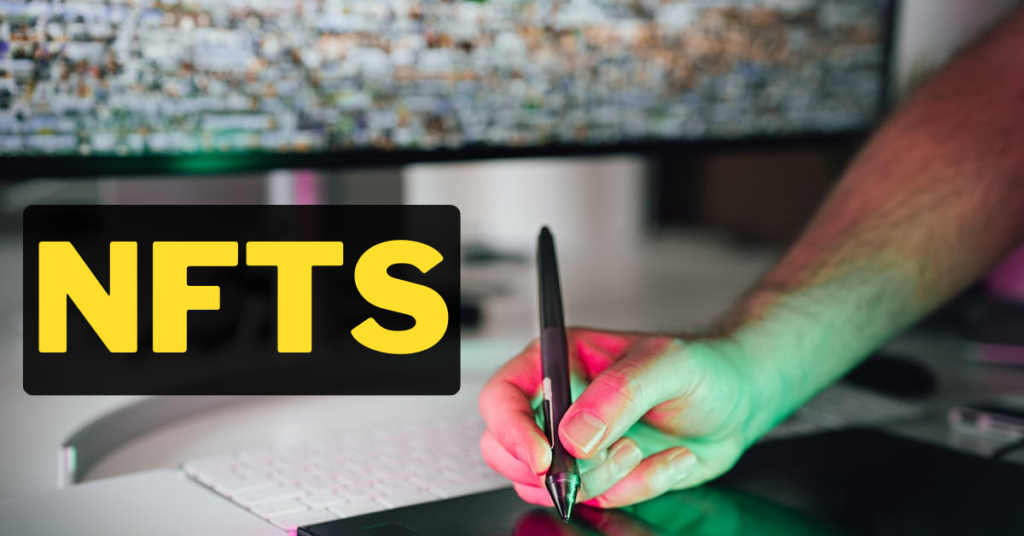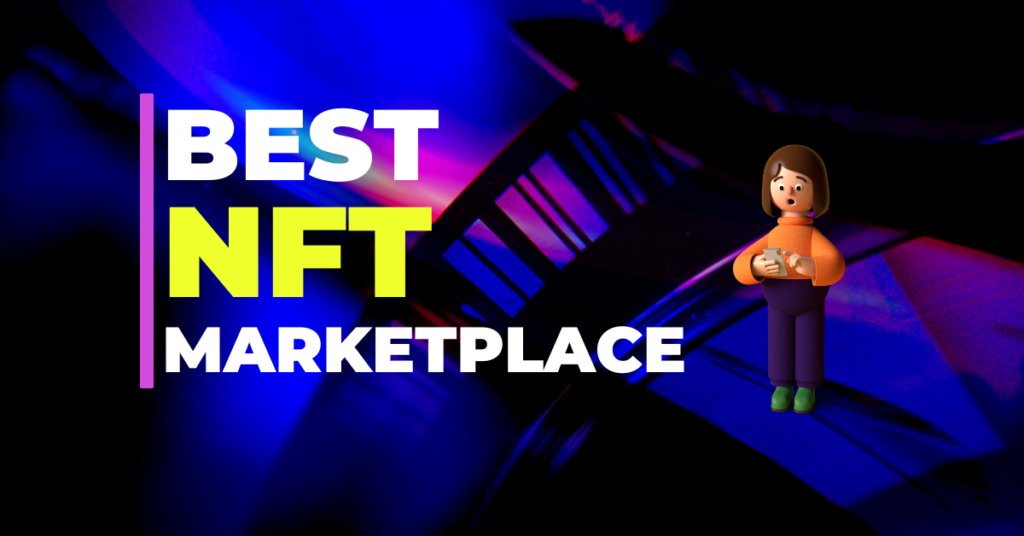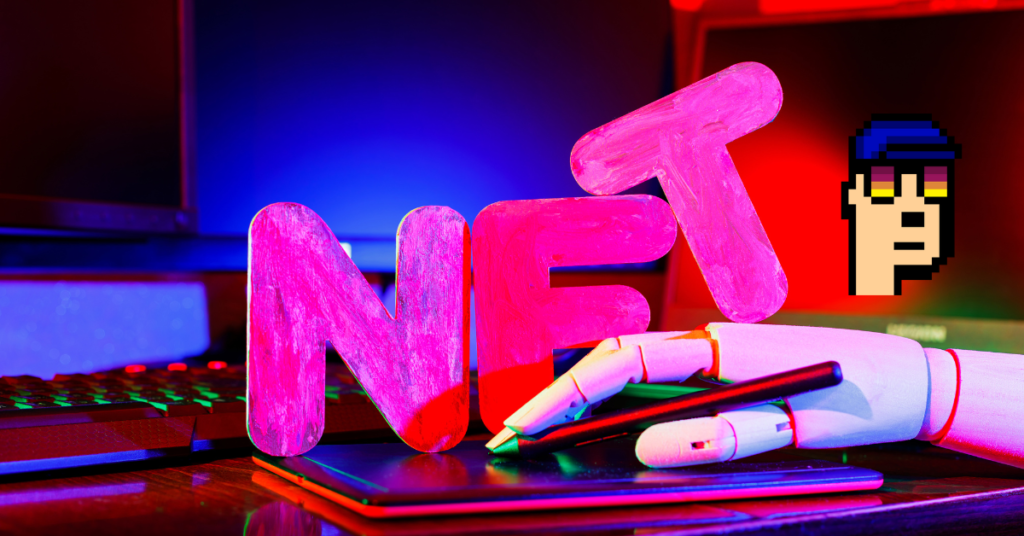Whether you’re a digital artist, an entrepreneur, or someone intrigued by the blockchain industry, understanding NFTs and how to create, or “mint” them, is increasingly vital. NFTs are making waves across various sectors, leading to a surge in digital art, virtual real estate, and more. However, navigating this new and complex landscape can be overwhelming without proper guidance.
In this comprehensive guide, we’ll break down the concept of NFT minting, explain its significance, and walk you through the steps to mint your very own NFT. By the end of this article, you’ll have a solid grasp of the process and feel confident in diving into the world of NFTs.
Understanding NFTs
What are NFTs?
NFTs, or Non-Fungible Tokens, are unique digital assets represented as tokens on a blockchain. Unlike cryptocurrencies such as Bitcoin or Ethereum, which are interchangeable, NFTs are one-of-a-kind and cannot be exchanged on a one-to-one basis. They can represent anything from digital artwork and music files to virtual real estate.
Each NFT contains distinct information or characteristics that make it unique, which is why they’re often compared to collectibles in the digital world. Whether it’s a piece of art, a song, or even a tweet, NFTs allow creators to own and sell their digital creations in a way that was never possible before.
What is Minting?
Minting refers to the process of creating an NFT on a blockchain. Think of it as publishing a digital file on a blockchain, where it becomes a unique digital asset—a Non-Fungible Token. When you mint an NFT, you’re transforming a digital file, like an image or video, into a piece of data on the blockchain, making it traceable and verifiable.
How Does NFT Minting Work?
The Minting Process
The process of NFT minting involves uploading a digital file onto a blockchain. This file can be anything digital—your original artwork, a song, a video, or even a piece of code. Once uploaded, the file is converted into an NFT, and the blockchain records the details of the NFT, including its ownership and unique properties.
The beauty of minting is that each NFT created has a unique identity, making it non-fungible. This means that no two NFTs are the same, even if they represent similar digital files.
How to Mint an NFT? – Step by Step Process

1. Prepare Your Digital Asset
Before you can mint an NFT, you need to create a digital asset. This asset can be anything digital—an image, a song, a piece of code, a video, or even a tweet. The more unique and original your creation, the better your chances of standing out in the competitive NFT marketplace.
2. Choose the Right Blockchain
Once your digital asset is ready, the next step is to choose the blockchain on which to mint your NFT. Ethereum is the most popular choice due to its advanced smart contract functionality and widespread adoption. However, other blockchains like Binance Smart Chain, Flow, or Tezos also support NFTs and may offer lower transaction fees.
3. Select an NFT Marketplace
After choosing your blockchain, you’ll need to select an NFT marketplace that supports it. Popular NFT marketplaces include OpenSea, Rarible, and Mintable for Ethereum, and NBA Top Shot for Flow. Each platform has its own features and user base, so it’s important to research and find the best fit for your NFT.
4. Mint Your NFT
The actual minting process can vary slightly depending on the platform, but generally, it involves the following steps:
- Upload your digital asset.
- Add details such as the name, description, and attributes.
- Set a price for your NFT.
- Mint the NFT, which usually requires paying a transaction fee, often referred to as a “gas fee” on Ethereum.
What to Do After Minting an NFT

Promote and Network
Once you’ve minted your NFT, your journey is just beginning. It’s crucial to promote your work and network within the NFT community. Share your NFT on social media, participate in digital art forums, and attend virtual events to gain visibility. Networking with other creators and buyers can help you build a reputation and increase the chances of selling your NFT.
Consider Collaborations
Collaborating with other artists or joining NFT projects can provide additional exposure and help you establish connections within the community. These collaborations can lead to more opportunities and help you grow your presence in the NFT space.
Also read: What does Non-Fungible Token (NFT) Mean and How It Works?
Benefits of Minting an NFT
For Creators
For creators, minting NFTs offers several benefits. You can sell your work directly to consumers without needing intermediaries, which allows you to keep a larger share of the profits. Additionally, NFTs can be programmed to include royalties, meaning you can earn a percentage every time your NFT is resold.
For Buyers and Collectors
For buyers, NFTs offer the assurance of purchasing original, authenticated works. NFTs can also be seen as an investment, with the potential for significant returns if the value of the NFT increases over time.
Can You Mint an NFT for Free?
In most cases, minting an NFT is not free. The process requires computational resources to validate and record the transaction on a blockchain, which incurs a cost known as a “gas fee.” However, some platforms and blockchains are exploring ways to reduce these costs, making it easier for creators to mint NFTs. While there might be an initial cost, the potential profits from selling your NFT could far outweigh the expenses.
Is it Worth Minting an NFT in 2024?
Whether minting an NFT in 2024 is worth it depends on several factors, including your goals, the uniqueness of your digital asset, and the current demand in the NFT market. As the NFT market continues to evolve, there are more opportunities than ever for creators to profit from their digital content. However, the competition is also increasing, making it essential to create standout content.
Market Trends
NFTs continue to maintain their appeal, especially as more industries like gaming, music, and virtual real estate explore their applications. With the right strategy and careful planning, minting an NFT in 2024 could be a worthwhile endeavor.
Future Outlook of NFTs and Minting
The future of NFT minting holds vast opportunities. As the process becomes more user-friendly and accessible, a broader range of creators will be able to enter the NFT space. Many experts predict an expansion in NFT categories, with potential applications in gaming, real estate, fashion, and more.
Environmental and Legal Considerations
The environmental impact of minting NFTs is a current concern, but as more sustainable blockchain technologies are adopted, this issue is likely to diminish. Additionally, legal and regulatory advancements could provide better security for creators and boost buyer confidence, further stimulating demand for minted NFTs.
Final Thoughts
In the ever-evolving world of digital assets, NFT minting stands out as a revolutionary process that allows creators to authenticate and sell their digital works on the blockchain. While it may seem complex initially, understanding the essential steps involved can make the process much more approachable.
As the NFT landscape continues to grow, it offers immense potential for artists, collectors, and enthusiasts alike. By staying informed and adapting to new trends, you can successfully navigate this exciting frontier.
So that is it about this article if you have any thing further in mind, comment down below or contact finzerr. We are always here to help you!
Frequently Asked Questions
Q1. How long does it take to mint an NFT?
The time it takes to mint an NFT can vary based on network congestion, but it typically ranges from a few minutes to a couple of hours.
Q2. Can anyone mint an NFT?
Yes, anyone with a digital asset and a blockchain wallet can mint an NFT on a supported platform.
Q3. Can I mint physical art as an NFT?
Yes, physical art can be digitized (e.g., by scanning or photographing) and then minted as an NFT.
Q4. Can I sell an NFT on different marketplaces?
Yes, you can list your NFTs on any marketplace that supports the blockchain your NFT is minted on.
Q5. What happens if I lose my wallet where my NFTs are stored?
Losing access to your wallet means losing your NFTs. It’s crucial to secure and back up your wallet keys.



